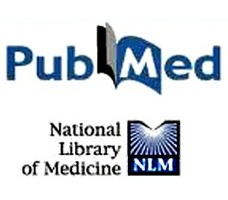Emotional, endocrine and brain anandamide response to social challenge in infant male rats.
Source
Sect. Behavioural Neuroscience, Department of Cell Biology and Neurosciences, Istituto Superiore di Sanità, Viale Regina Elena, 299, Rome, 00161, Italy.
Abstract
Individual response to stress is orchestrated by hypothalamus-pituitary axis corticosteroids, although critically modulated by the central endocannabinoid (eCB) system. Whilst the role of the eCB system in stress response and emotional homeostasis in adult animals has been extensively studied, it has only been scarcely investigated in developing animals. Herein, we aimed to investigate the participation of eCB ligands in the stress responses of neonate rats. Twelve days-old Wistar male rats were exposed to a social challenge (repeated brief isolations from dam and littermates), which resulted in a significant increase in serum corticosterone levels. This stressful social challenge also decreased spontaneous rat pups’ behaviours and augmented isolation-induced ultrasonic vocalizations. Notably, a specific decrease in anandamide content (not 2-AG) was observed within the hippocampus (not in the striatum). However, the enhancement of eCB signalling by URB597 administration (0.1mg/kg) did not affect the adrenocortical and behavioural responses to this postnatal social challenge. The influence of gestational stress was also evaluated in the infant offspring of rats dams exposed to restraint stress (PRS, three episodes/day, on gestation days 14 till delivery); however, PRS did not modify neonate responses to this postnatal challenge. Present findings provide evidence for the participation of the eCB system in the acute response to a social challenge in infant male rats. However, the lack of evidences from the pharmacological study encourages the investigation of alternative and/or indirect mechanisms that may participate in the behavioural and endocrine response to stress in developing animals. Further experiments are still needed to clarify the interactions between the HPA axis and the eCB system in stress reactivity at early postnatal stages.
Copyright © 2013 Elsevier Ltd. All rights reserved.
Copyright © 2013 Elsevier Ltd. All rights reserved.
- PMID:
- 23660109
- [PubMed – as supplied by publisher]
LinkOut – more resources
Full Text Sources



